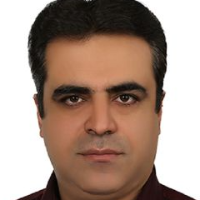Investigation of the oral health status and barriers to access to dental services among Afghan population living in Iran
Many Afghans prefer Iran for migration due to the similarity of language and neighborhood. This study was conducted in order to evaluate the oral health status of the Afghan population living in Iran and the barriers to their access to dental services.
By using a researcher-made questionnaire and with the help of 4 calibrated researchers (Iranian and Afghan); referred to dental centers. The selfmade questionnaire included 14 questions about oral health status, as well as questions about barriers to accessing to dental services.
Out of 742 participants in the study, 461 people preferred the clinic to the dental office for economic reasons. 483 people found dentist based on their compatriots' opinion and 545 people were deprived of government dental services because they did not have Iranian citizenship. 691 people had problems in paying dental fees and 588 people said that they had their teeth extracted due to economic problems. 594 people felt that they were discriminated in receiving services, and 588 people stated that the reason for the visit was an emergency.35 people went to the dentist for a check-up and 87 people stated that it was difficult for them to find a dentist. 238 people were inclined to use supplementary insurance. The average DMFT in the Afghan population was 6.22. No significant relationship was found between the DMFT and gender and residence history.
The level of oral health of immigrants is low and it is difficult for them to access dental services and insurance. The possibility of tooth extraction instead of keeping it is high in immigrants due to economic problems.
-
Investigating Psychosocial Causes of the Tendency for Rhinoplasty in Qazvin City, Iran, in 2023: A Descriptive Analytical Study
*, Mona Akhoundi
Iranian Journal of Health Sciences, Summer 2024



